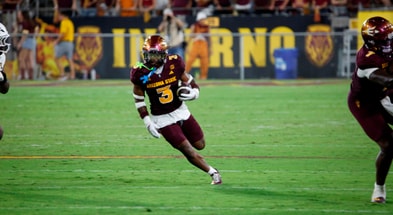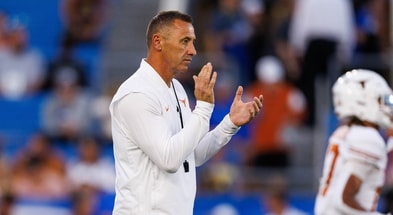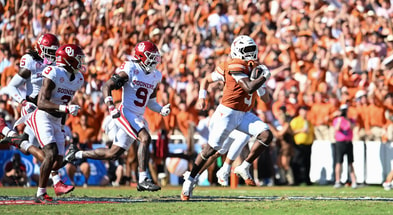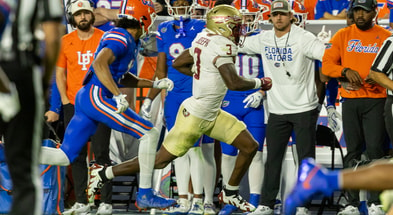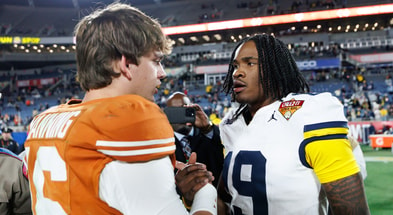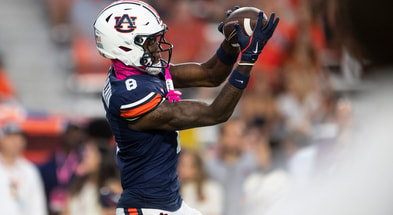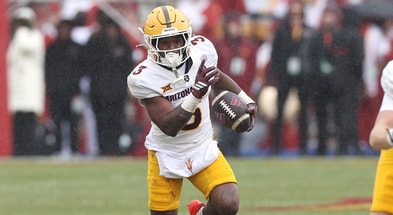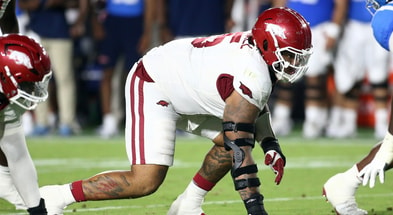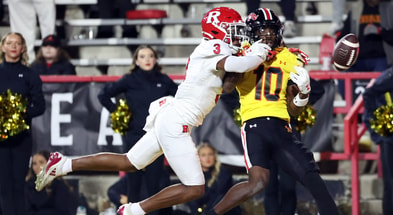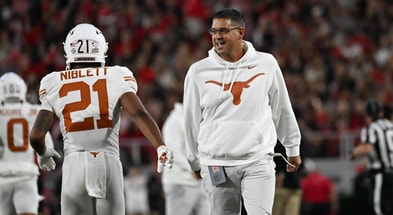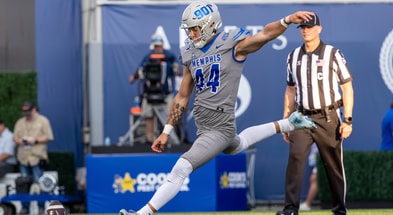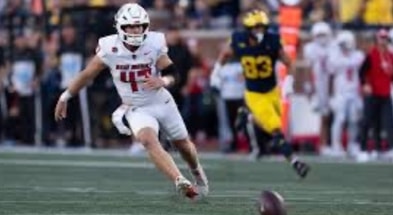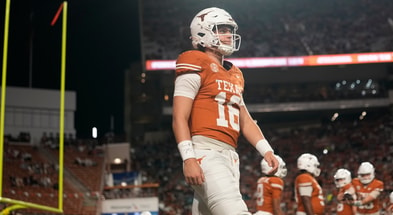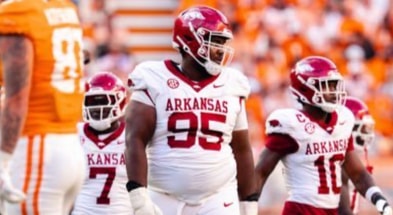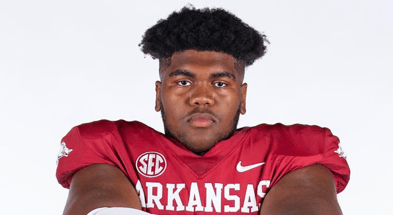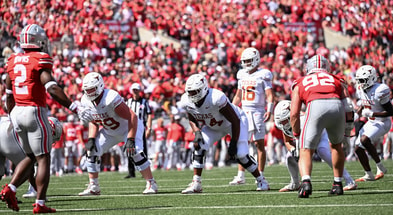Athletic departments face crucial decisions as the House era begins
With a new market comes new business plans, and that’s exactly what you can expect schools to start rolling out in the next few weeks. The pre-House settlement era was often referred to as the wild west, but it seems the chaos has just begun.
[Sign up for Inside Texas for $1 and get PLUS access up to the Ohio State game!]
The revenue sharing era brings many new questions and possibilities. We will see unique business strategies that will vary school to school and it should be interesting to see what unanticipated ramifications will come about.
Schools are not required to release their allocation plan publicly, so it is difficult to analyze each school’s business plan. However, we can use revenue numbers by sport to estimate how schools will approach revenue sharing.
The sentiment amongst athletic directors surrounding revenue sharing appears to be similar to the public perception. Texas A&M athletic director Trev Alberts recently opened up about his staff’s approach to this new era. He emphasized modernization but mentioned the struggle to balance preserving tradition while modernizing and evolving. A&M will only revenue share with six sports: football, men’s and women’s basketball, baseball, softball and volleyball.
RELATED: Texas faces tough choices on revenue sharing as House v. NCAA ruling looms
Alberts has made it clear that the school is very open to changing this model, they are just starting this way. A&M’s reasoning here is that most sports not included in this six had their scholarship spots increase, therefore making up for lost revenue sharing money in the minds of A&M athletic officials. Alberts stated that A&M is going to prioritize pouring money into revenue generating sports and also said that he is utilizing a group of advisors as he is still learning about the business side in this new landscape of college football.
Mississippi State athletic director Zac Selmon echoed the same sentiment: “Things get very political really quick of who gets what resources, but I think you’ve got to continue to invest in programs that generate the revenue. That’s No. 1. And No. 2, would be, what’s the fabric of your school? For us, at Mississippi State, baseball is a huge deal.”
Most athletic directors have the same vision: allocate most of the dollars to the revenue generating sports, and remaining dollars going to sports that help create the schools identity. For those sports not receiving funds, athletic directors hope that the increased scholarship spots will make up for lack of payments.
Texas and most other schools will follow the 75-15-5-5 format to start, with 75% of funds going to football, 15% to men’s basketball, 5% to women’s basketball, and 5% to all other sports combined.
South Carolina’s women’s basketball coach Dawn Staley spoke up advocating for more funds. “I think we need to be a little more generous than 5%. That’s my feel on it.”
Texas Tech revealed it plans to share 17 to 18% with its men’s basketball team, which reached the Elite Eight last season, and 2% to its women’s basketball team, which last reached the NCAA Tournament in 2013.
While the 75-15-5-5 model will be widespread, each school has their own strengths and weaknesses and value their programs in different ways.
“Conference to conference, school to school, sport revenue share allocations will vary based on several factors,” Oklahoma athletic director Joe Castiglione said.
The revenue and success that each sport generates varies per school, so across the country schools will make massively significant decisions to invest in some sports at the expense of others. As a result the customary hierarchies we see across each sports will be substantially altered. For example, we might never see a school like Memphis pop into the AP Poll anymore because a large amount of revenue is diverted to basketball.
Top 10
- 1New
Kewan Lacy
Rebels RB decides on future
- 2Hot
Nebraska QB dominoes
Huskers line up multiple visits
- 3
Kenny Minchey
Flips transfer commitment
- 4Trending
Portal Predictions
Predicting transfer commitments
- 5
Bryce Underwood
Decides on Michigan future
Get the Daily On3 Newsletter in your inbox every morning
By clicking "Subscribe to Newsletter", I agree to On3's Privacy Notice, Terms, and use of my personal information described therein.
Schools like Oklahoma in softball that have dominant programs in non-revenue generating sports are going to have some tough decisions to make. Do you prioritize success in revenue-generating sports or the sports that create the school’s identity? Will schools that usually struggle in football kick it to the curb and allocate its funds to other sports? Or will it pour the majority of its budget into football to close the talent gap?
Each school will have its own decisions to address. Texas is in its own unique spot because of the immense success across all sports. With every team expected to compete for a national championship most years, Texas will be spread pretty thin. However, under revenue sharing, the Longhorns will have more flexibility in addressing the financial side of operations.
Schools will also now have greater autonomy to address the needs and desires of their fans, allowing for unconventional thinkers to experiment with different business strategies in this new market.
The most news-worthy impact will be on men’s basketball. Big East fans rejoiced at the confirmation of the House settlement, as it gives them a huge advantage over football schools in the recruiting race. Besides UConn, no Big East schools play FBS football, meaning that $15 million that would have gone to football can now be used to pay basketball players. That is, if it’s there.
This isn’t just this case for the Big East, as schools like Gonzaga and Wichita State will get the same advantage. This is the case for many different schools across varying sports.
Just a few days into revenue-sharing, and it appears there is more dirty money going around than before. The loopholes are abundant, and schools are taking full advantage of them until there is some sort of ensured regulation. One of the main two loophole strategies schools can utilize is not structuring the contracts as NIL deals, and calling it something else so it doesn’t have to be disclosed to Deloitte and the College Sports Commission. The other one is not using NIL collectives but direct third party brands that may have incentive to do brand deals with athletes for the school. High school athletes have also started signing deals before they’re even on campus, meaning nothing is requiring them to disclose these deals.
Many other factors including state legislation, grey area money, and evolving rules and policies will dictate the recruiting landscape and sport as a whole as it enters this new era. With such a lack of transparency, it’s almost impossible to piece together the whole picture. Over the next few months we should learn more and more about what exactly revenue-sharing has triggered.
One thing is for sure, programs that are slaves to the cap and that shy away from outside-the-box thinking, will crumble.
